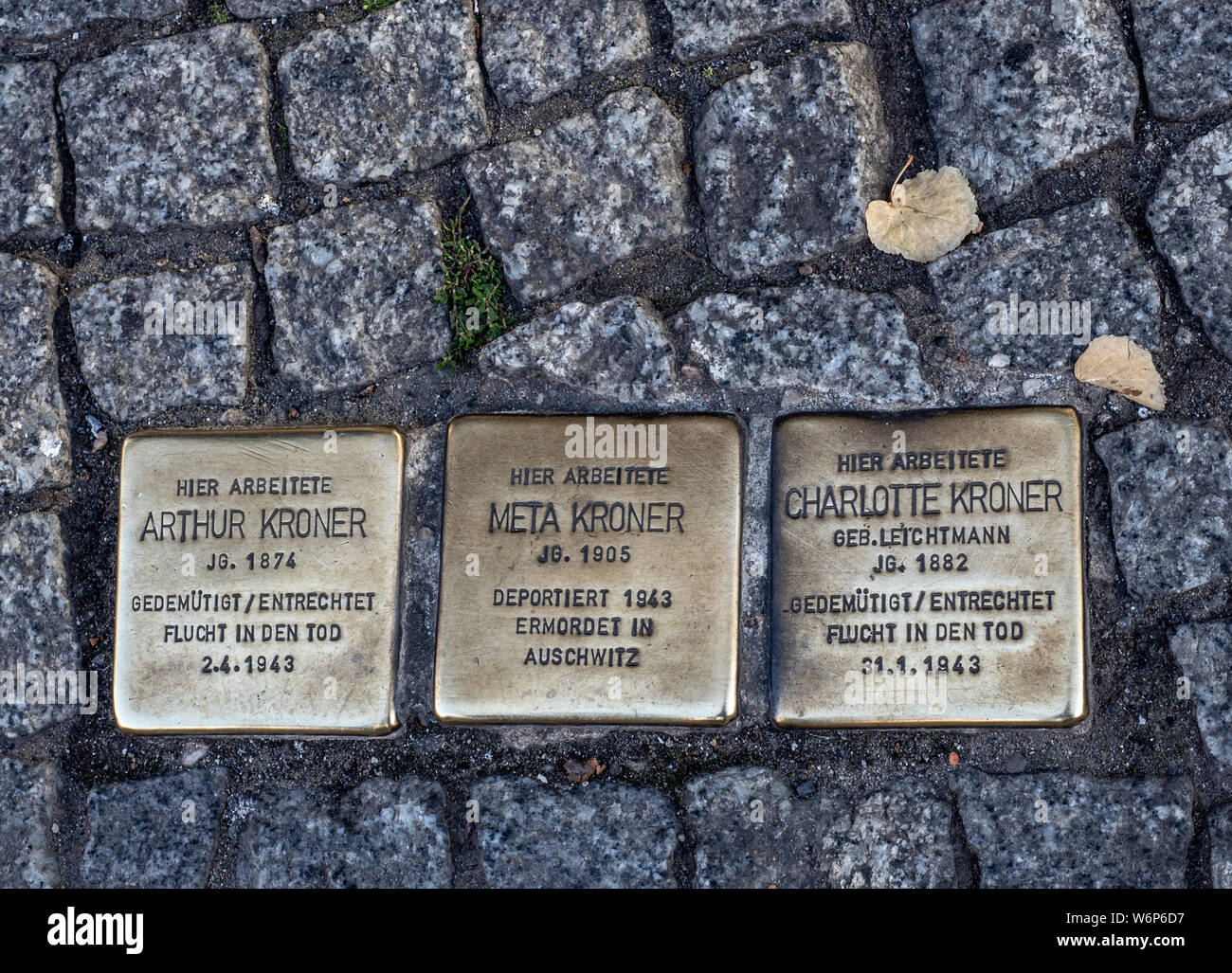Jewish Quarter: History
The Roman Ghetto or Ghetto of Rome (Italian: Ghetto di Roma) was a Jewish ghettoestablished in 1555 in the Rione Sant'Angelo, in Rome, Italy, in the area surrounded by present-day Via del Portico d'Ottavia, Lungotevere dei Cenci, Via del Progresso and Via di Santa Maria del Pianto, close to the River Tiber and the Theatre of Marcellus. With the exception of brief periods under Napoleon from 1808 to 1815 and under the Roman Republics of 1798–99 and 1849, the ghetto of Rome was controlled by the papacy until the capture of Rome in 1870.
The ghetto was a walled quarter with its gates locked at night. The wall was built under the direction of the architect Giovanni Sallustio Peruzzi. The cost of the wall's construction, 300 Roman scudi, had to be paid by the Jewish community. The area of Rome chosen for the ghetto was one of the most undesirable quarters of the city, subject to constant flooding by the Tiber River, but where Jews amounted already to 80% of the population
Jewish Ghetto: Location

Roman Jews: A Distinct Group
How we look at things, or conversely, how they are explained to us, impacts our understanding. We heard many interpretations of early Jewish life in Rome. Attitudes from the past allowed a system of Apartheid that took centuries to dismantle. Part of this was the establishment oh the Ghetto itself. While the term Ghetto is freely used, it does carry a certain weight - that somehow implies a disadvantage or stigma. These Jews are amongst the oldest and are a distinct group - and predate Ashkenazi or Sephardic Jews. They have a complex relationship with Christians, because we are a continuation as Gentiles welcomed by Jesus. We accept Jesus as the promised Messiah and the Jews do not. They are still waiting. The Jews are part of the Christian foundation, but we differ in our faith journey. For this reason Christians and Jews can find themselves at odds and unfortunately this has manifested in discrimination and persecution.
Stumble Stones:
“A person is only forgotten when his or her name is forgotten,” citing the Talmud.
About: These polished brass stones, shaped square like a Roman cobble and engraved with the name of a local Jewish resident, mark the exact spot withers the Holocaust victims were rounded up by Nazi soldiers during WWII and deported to Auschwitz or other death camps.
History: Known as “Stolpersteine”, or “stumbling stones”, there are now more than 70,000 such memorial blocks laid in more than 1,200 cities and towns across Europe and Russia. Each commemorates a victim outside their last-known freely chosen residence.

Catholic & Jewish Relationship
The historical relationship between the Catholic Church and the Jews with a long history of turbulence and persecution. Amends carry into our times. Jesus was a Jew, and Judaism is part of our Christian heritage.
I've included a short Vimeo that provides a context of the Great Synagogue with a modern wedding - enjoy!
Ending on a positive note - on how we have overcome our wrongs (Catholics to Jews) and live our faith lives without walls - and carry on our traditions as in this wedding ceremony.

Comments
Post a Comment